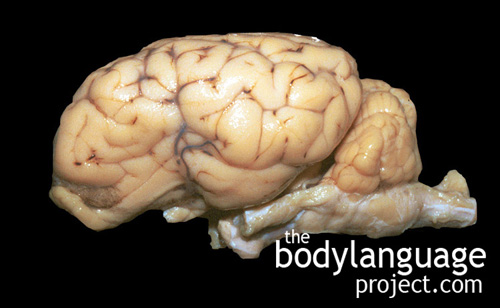Smiling is contagious and often just by holding a smile others feel compelled to smile as well. Try an experiment for yourself and see just how hard it is to frown when viewing smiles or smile when viewing frowning. You will see that mirroring is a much more natural response whereas holding opposite expressions requires conscious thought. Flashing a smile at random strangers can flood their bodies with positive hormones and brighten their day. Even just holding a smile despite feeling down can help elevate your mood and make you feel better.
We see this exact same contagion with attitudes of those surrounding us. A famous skit on Saturday Night Live involves a character called “Debbie Downer.” The scene is set in a social gathering where the character, at each opportunity, offers a contrarian’s view to what is an otherwise a positive or neutral statement. The effect it has is potent and brings those around her down, hence her name. Persistent negative attitudes in others around us tend to drag down our moods, while optimistic attitudes tend to make us feel better. Although overly optimistic attitudes, just like overly pessimistic attitudes can lead to negative feelings about others as well.
Research has shown that our facial muscles tend to mirror what we see in others and that this reaction is subconscious. While it is possible to control our facial muscles by consciously over-ridding this tendency, most others will simply, by nature, imitate what they see in us. This is why it is so important to, both imitate smiles when seen, and to also avoid holding sour faces especially on initial meetings.
Let’s take the stereotypical example of a married couple; a wife and husband. After a long days work taking care of the children, the husband comes home from his long day with a scowl on his face and plops himself on the couch. He’s had a bad day, and so too has she. Their expressions feed of one another and their attitudes remains negative. What if the husband came home with good news and a big smile? Naturally, his wife would follow and they’d share a nice welcome, both parties willing. If one or the other fails to follow the lead, the entire mood would be soured by the frowning party. Both parties are therefore responsible for deciding the mood.
We often get caught up in daily rituals, especially at home, that we forget to put on a fake smile which is otherwise required at work. We know that we can’t get away with such crass behaviour while away from home and around strangers, so we put on a fake smile despite our mood, but once home we give our faces a break. We know instinctively that we can’t get away with a sour face in public because others will think poorly of us and won’t want to be around us. The freedom to express moods naturally in our own homes can be a blessing, but can also be a drag. Sometimes taking the extra effort can be rewarded so it’s worth a try, especially if the mood has been sour perpetually. So the advice follows that when people around you are in a bad mood, even at home, initiate the smile, hold it persistently and see what happens!


